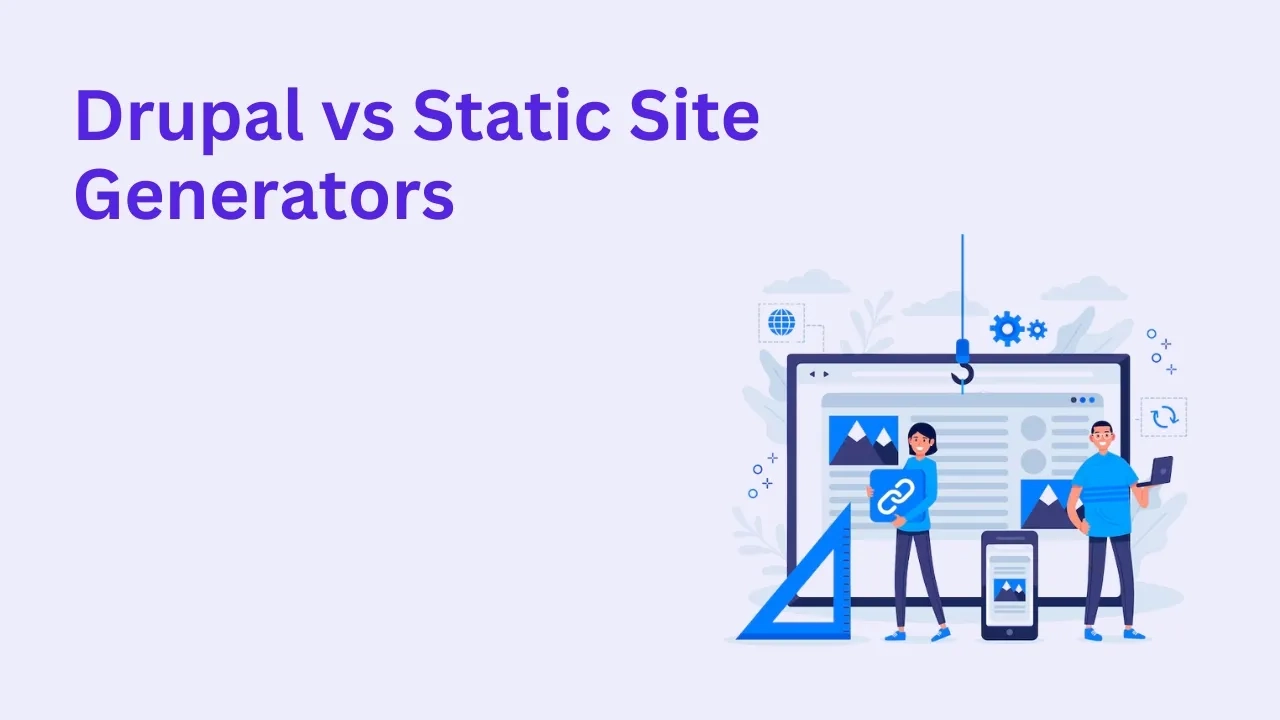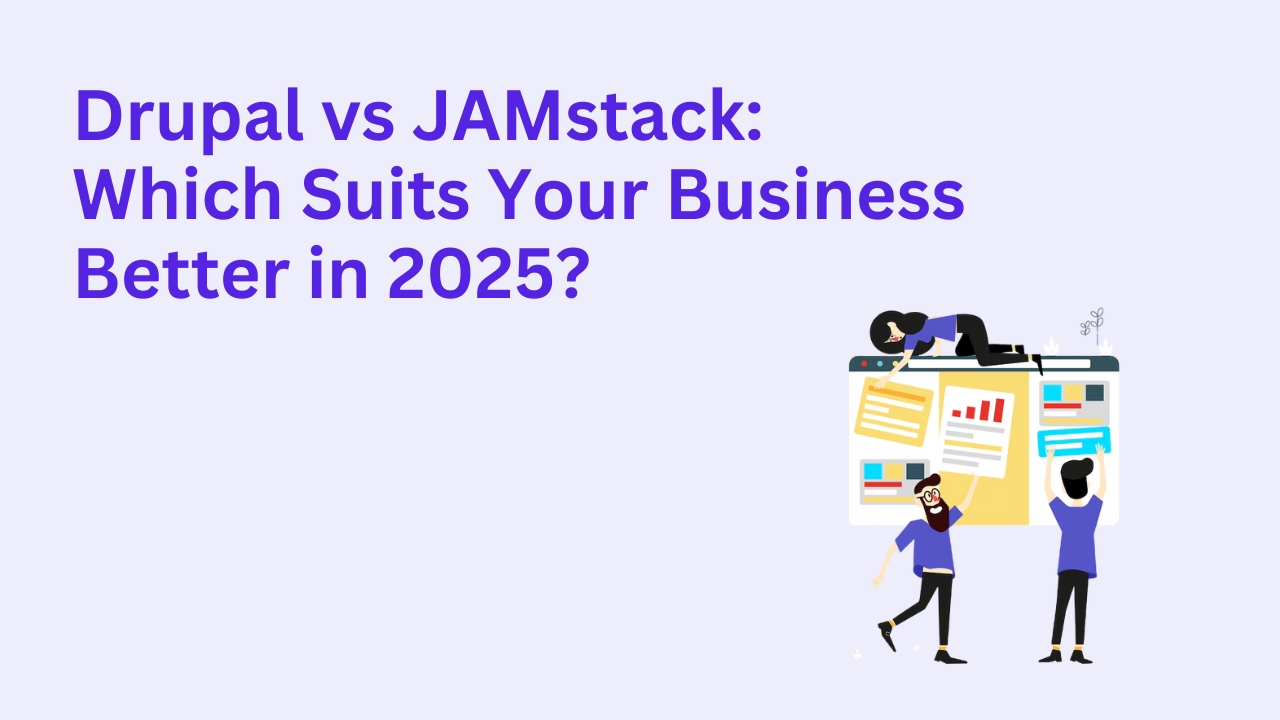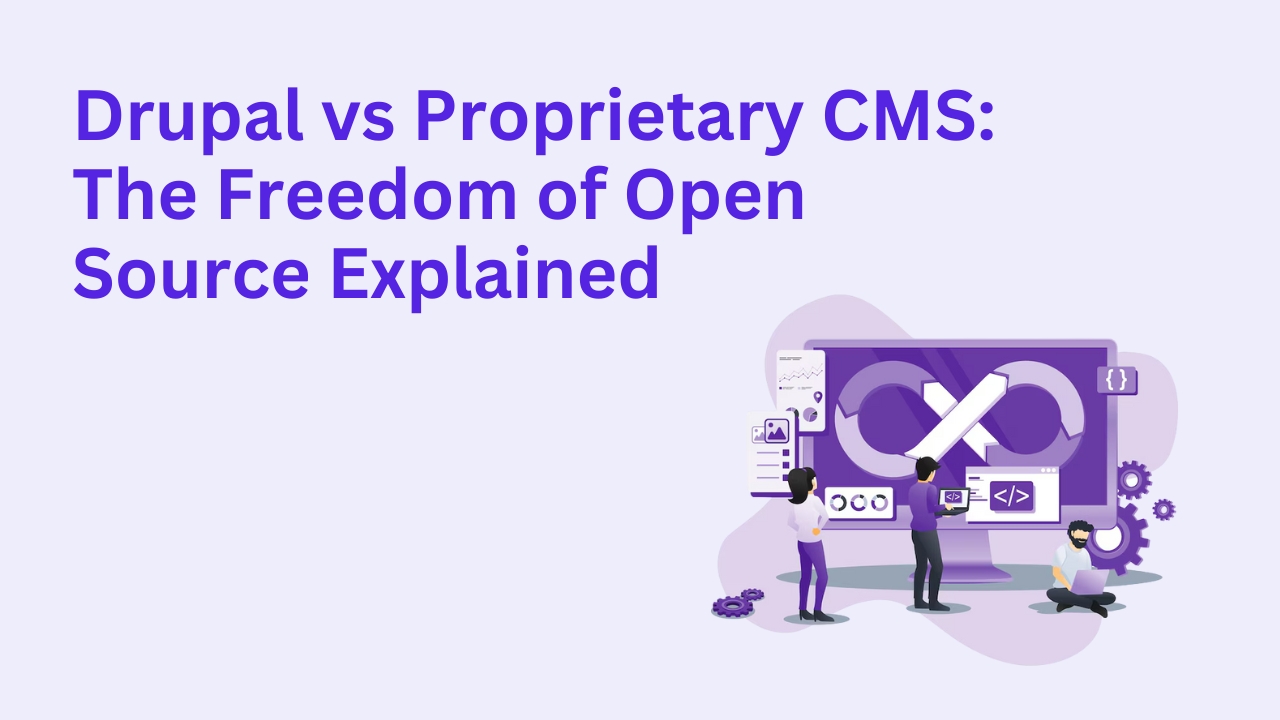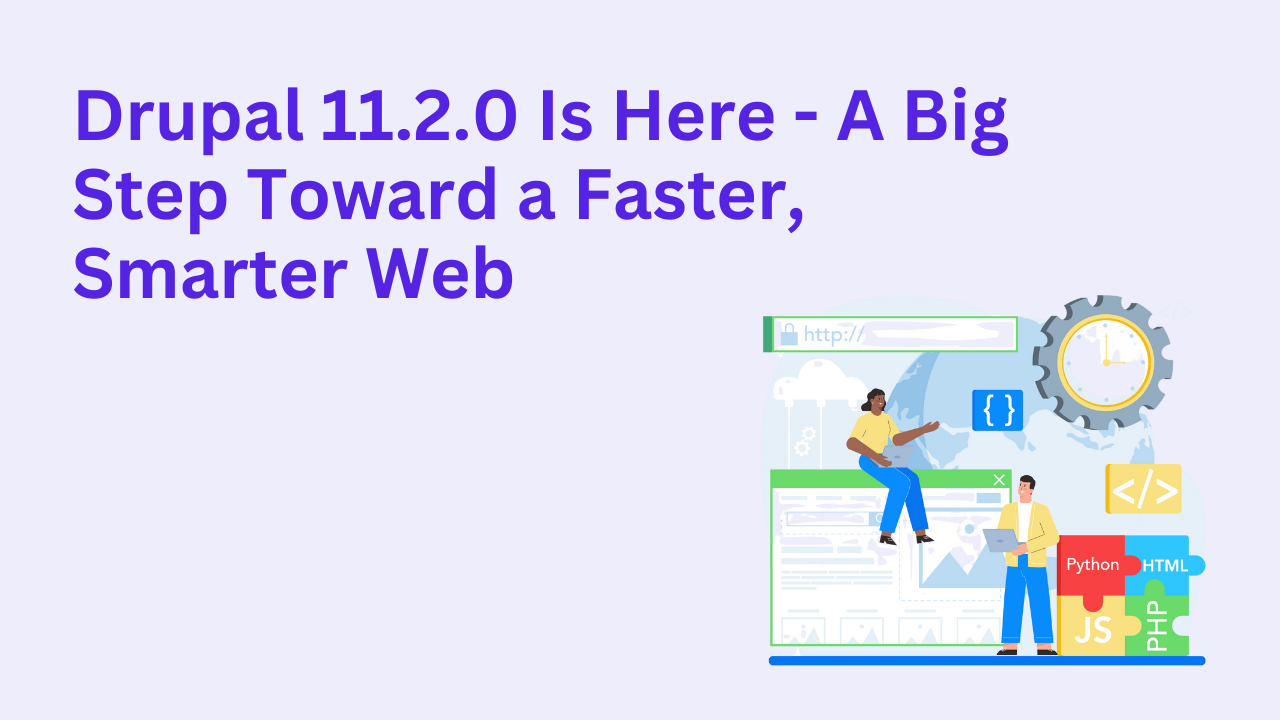Drupal vs Static Site Generators: Which Is Right for Your Website in 2025?

Choosing the right platform for your website is crucial, especially in 2025 when speed, scalability, and SEO can make or break your digital presence. Two popular approaches stand out: Drupal and Static Site Generators (SSGs). But which one suits your business needs better?
Let’s break it down.
What Is Drupal?
Drupal is an open-source content management system (CMS) known for its power, flexibility, and enterprise-grade features. It's ideal for dynamic, content-rich websites that require workflows, user permissions, and custom functionalities.
Key Features of Drupal:
Highly customizable with modules and APIs
Robust content modeling and workflows
Excellent user management system
Large active developer community
SEO-friendly architecture
Explore how we help businesses with custom Drupal solutions
What Are Static Site Generators?
SSGs like Hugo, Jekyll, and Gatsby generate HTML files during build time rather than rendering content dynamically. They are fast, secure, and ideal for simple, content-light websites where real-time interaction or content updates are limited.
Advantages of Static Site Generators:
Extremely fast page load speeds
Better security (no database or backend logic)
Great for documentation, portfolios, or blogs
Simple deployment workflows with modern DevOps tools
Drupal vs Static Site Generators: A Detailed Comparison
1. Content Complexity
Drupal excels in managing complex, hierarchical content, taxonomies, and relationships between entities.
SSGs are better suited for flat content structures and smaller sites.
2. User Management
Drupal supports complex roles, permissions, and user interactions out of the box.
SSGs often lack user authentication and require third-party tools for even basic login functionality.
3. Scalability
Drupal handles enterprise-level traffic with caching and performance optimization.
SSGs are fast but depend on CDN caching and pre-rendering; scaling dynamic interactions can be difficult.
4. Time-to-Market
Drupal takes longer to set up but offers built-in tools for content teams.
SSGs are quicker for small projects but require developer involvement for updates.
5. Ongoing Maintenance
Drupal requires regular updates, module reviews, and security patches.
SSGs require less ongoing maintenance, but changes require technical intervention unless paired with a CMS-like Netlify CMS.
Which One Should You Choose?
Choose Drupal if:
You’re building a large, content-rich website.
You need advanced user roles, permissions, and workflows.
Your site needs to integrate with CRMs, ERPs, or marketing platforms.
You want editorial teams to manage content without developer help.
Choose an SSG if:
You’re launching a small marketing site, blog, or documentation hub.
You have a static design and rarely need updates.
You value speed and security over CMS functionality.
Need Help Deciding?
At Drupalify, we’ve helped startups, enterprises, and agencies choose the right architecture for their digital goals. Whether it’s a full-featured Drupal solution or consulting on when SSGs make sense, we’ve got your back.
Ready to build a website that matches your business needs in 2025? Get in touch with our team today.








